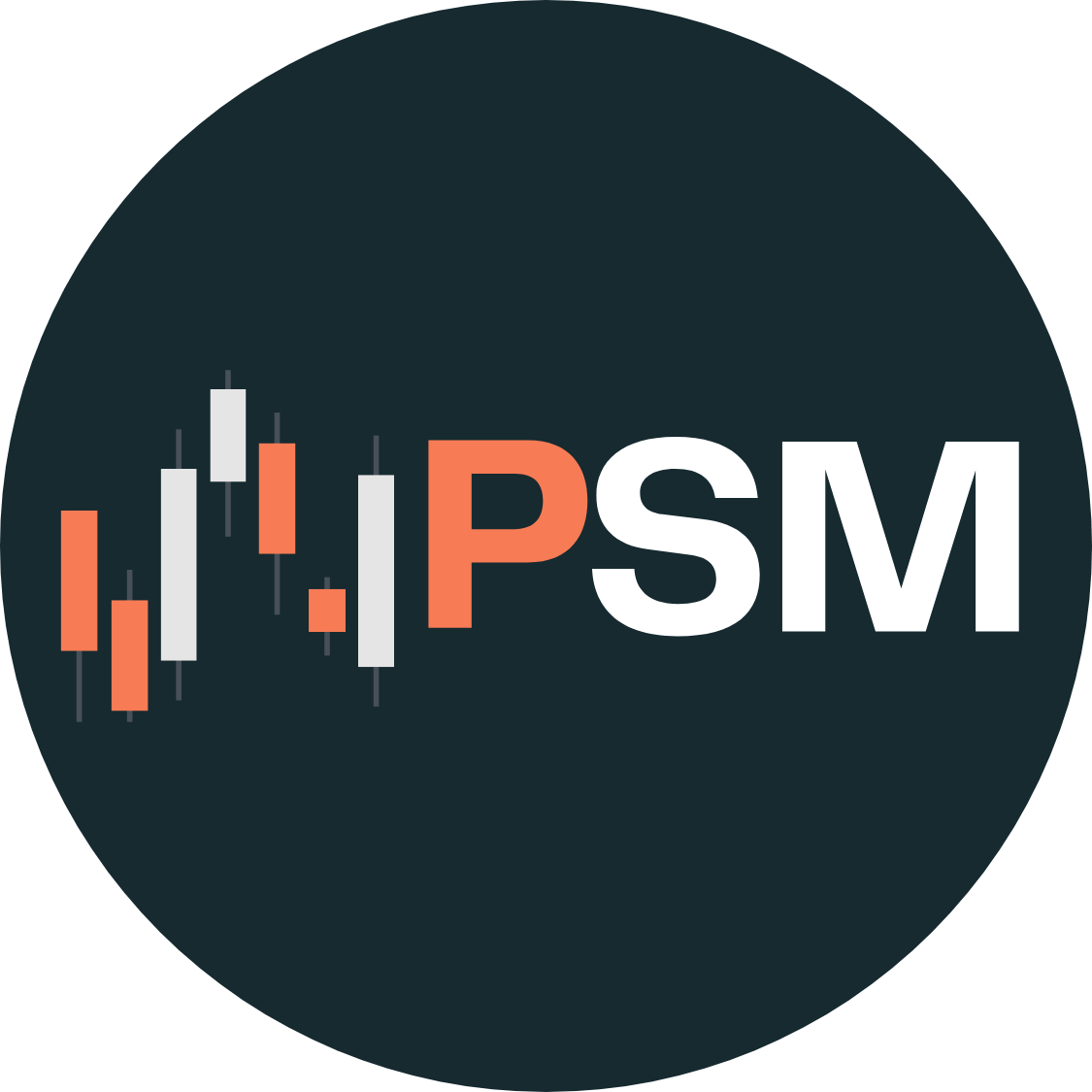Intel Corporation (Nasdaq: INTC), the semiconductor giant based in Santa Clara, California, is set to release its second-quarter 2025 financial results after market close on July 24, 2025. Investors and analysts alike have their eyes fixed on this report, viewing it as a critical milestone in Intel’s ongoing efforts to regain competitiveness and market share in an increasingly challenging semiconductor landscape. The company will follow the earnings release with a conference call at 2 p.m. PDT, providing further insight into its performance and outlook.
Investor Expectations and Market Context
Intel shares have gained approximately 16% year-to-date, reflecting investor optimism fueled partly by CEO Lip-Bu Tan’s leadership and strategic initiatives. However, Wall Street remains guarded, with the prevailing consensus rating on the stock being a “Hold.” Analysts predict a very modest earnings per share (EPS) of $0.01 for Q2 2025, signaling a potential 50% drop year-over-year. This forecast underscores the financial pressures Intel continues to face, including persistent market share erosion in the CPU segment and difficulties capturing the vast opportunities brought forth by the artificial intelligence (AI) revolution.
The mixed analyst outlook from 31 surveyed experts—comprising 26 Holds, 4 Sells, and only a single Buy recommendation—generates nuanced sentiments about Intel’s near-term prospects. The average price target on the stock suggests a downside of about 6% from current levels, indicating skepticism about the sustainability of Intel’s recent share price recovery.
Options market data adds another layer of anticipation, with traders expecting a roughly 7.9% move in either direction following the earnings announcement. This implied volatility reflects uncertainty as investors await clarity on Intel’s operational trajectory and capital deployment strategy.
Key Areas to Watch
- Revenue and Profitability Trends: Given weakening margins in prior quarters, any signs of revenue stabilization or operational efficiency gains would be critical. Intel has made strides to improve financial discipline and has recently launched products expected to boost competitive positioning.
- Data Center and AI Segment Performance: With AI-driven processor demand reshaping the semiconductor market, Intel’s ability to capitalize on cloud and edge computing growth is pivotal. Analysts will look for indications that Intel is gaining traction against competitors like AMD and Nvidia.
- Manufacturing and Foundry Strategy: Intel’s investments in advanced process technologies and major foundry partnerships are strategic priorities. Updates on progress here will be crucial for gauging future growth potential and market positioning.
- Guidance and Forward Outlook: Market participants will dissect management’s commentary on upcoming quarters and longer-term strategic initiatives, especially concerning capital expenditure, R&D investment, and market share targets.
Market Reaction and Sector Implications
Intel’s earnings have the potential to influence not only its own stock but also broader semiconductor indices and related technology ETFs. Given Intel’s role as a bellwether in the chipmaking sector, its report will be examined for signals about supply chain dynamics, demand cycles, and competitive pressures affecting peers like AMD, Nvidia, and TSMC.
Any unexpected beats or misses could prompt immediate stock price reactions and sector-wide reassessments. A better-than-expected quarter might accelerate momentum in semiconductor equities, while a disappointing report could deepen concerns about industry headwinds amid macroeconomic uncertainties.
Why These Earnings Matter to Investors
Intel’s Q2 2025 results serve as a barometer for its turnaround story. The company has been working to overcome years of technological setbacks and strategic missteps while competing in a market that demands ever-faster innovation and scale. Success in regaining performance leadership in CPUs and leveraging AI growth opportunities would reassure investors of Intel’s capacity to sustain long-term profitability.
Conversely, persistent execution challenges or tepid market reception could reinforce skepticism and pressure management to further accelerate transformation efforts. Given Intel’s numerous contracts with cloud providers and enterprise customers, revenue trends offer insight into shifting industry dynamics and competitive battles that shape the semiconductor ecosystem.
In short, Q2’s earnings will not only reflect near-term financial health but also shape investor confidence in Intel’s ability to thrive amid rapid technological evolution and intense competition.
Looking Ahead
Following today’s earnings release and the subsequent management call, investors should monitor how guidance aligns with the company’s public strategic plans and the semiconductor industry’s growth outlook. Intel’s capacity to innovate, optimize costs, and expand its foundry business will be central themes through the year.
As the semiconductor sector remains a critical driver of global technological progress, Intel’s performance in Q2 represents a meaningful episode in a broader narrative about the future of computing and the data economy.
Investors seeking to navigate Intel’s trajectory must weigh this earnings report against the backdrop of ongoing AI proliferation, geopolitical supply chain shifts, and technological competition shaping one of the most hard-fought markets in modern business.












